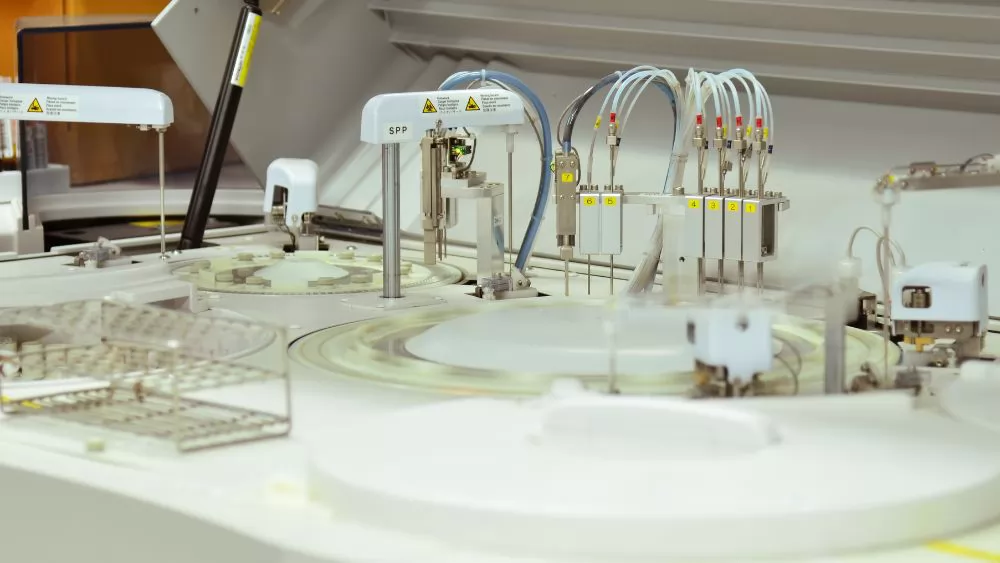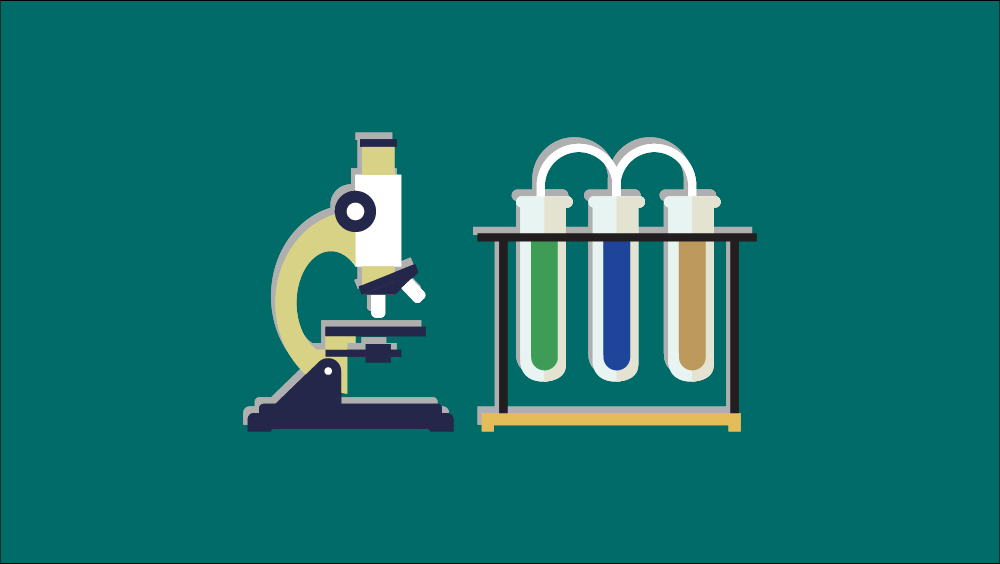Application of chromatographic technique in natural products

Natural products refer to the composition and metabolites of plants, animals, or microorganisms. Possessing features including versatile structure, complex components, and low levels of active ingredients, natural products present huge challenges for purification tasks.
The chromatographic technique achieves purification purposes via different physical & chemical properties of components in the mixture. Reserved phased chromatography(RPC), ion exchange chromatography(IEX), and size exclusion chromatography(SEC) resins are widely applicable in the purification of natural products.
Chromatography is a versatile analytical technique widely used in the field of natural product chemistry for the separation, identification, and purification of compounds derived from natural sources such as plants, animals, fungi, and microorganisms. Here are several applications of chromatography in natural products research:
Metabolomics and metabolic profiling
Chromatography coupled with techniques like mass spectrometry and nuclear magnetic resonance spectroscopy is employed in metabolomics studies to profile the complex mixture of metabolites present in natural products. These approaches provide valuable insights into the metabolic pathways, bioactive compounds, and physiological effects of natural products in biological systems.
Normal phase and reversed phase chromatography
Normal phase and reversed phase chromatography are technique archiving desirable separation purpose via the polarity(hydrophobicity) of target compounds. Made from bonded silica, RPC resin beads enjoy advantages including strong mechanical resistance and better selectivity, making it the most widely applied modern chromatography technique, especially in the separation of nonpolar or weak-polar compounds.
Besides, polymer is often used as the base matrix for RPC resins, which enjoys surface non-polarity of alkyl modified resins.
Bestchrom BestPoly resins are made of polystyrene and divinylbenzene, using high density benzene rings to enable RPC function. Compared with traditional polymer resins, BestPoly resins enjoy better pH tolerance, higher uniformity in bead sizes as well as easier scale-up.
Size exclusion chromatography(SEC)
Size exclusion chromatography (SEC) resins separate bio-compounds based on the different molecular weights of bio-molecules. The porous structure of resin enable small molecules to enter deeper into the resin and therefore stay in the beads longer. Bestdex LH-20 is modified with hydroxypropyl on the basis of dextran-based resin Bestdex G-25.The introduction of hydroxypropyl provides the resin with both hydrophilicity and lipophilicity.
Since organic solvents can be used as mobile phase, it is suitable for separation and purification of active ingredients in traditional Chinese medicine. The resin combines the characteristics of SEC, distribution chromatography and adsorption chromatography to separate molecules with very similar structures.
Ion exchange chromatography (IEX)
IEX chromatography resins function on the disparity of charge property and amounts on the surface of different molecules. Thus, it enjoys great potential in the chromatographic separation of water-soluble substances including amino acids, alkaloids, organic acids and phenolic compounds. For the purification of polysaccharide, IEX+SEC method is usually the preferred scheme.
Specifically, for acid polysaccharide, anion exchange chromatography resins with DEAE (for Carboxylated polysaccharides) or Q (for Sulfation, phosphorylation of polysaccharides) functional groups are usually chosen, whereas cation exchange chromatography resins(SP or CM resins) are usually used for the purification of alkaline polysaccharides.
Chromatographic technique is a major approach used in the processing of natural products. Due to its merits including large processing volume, as well as high purity of finished products, chromatographic technique enjoys excellent application landscape in compounds including polysaccharides, flavonoids, anthraquinones, steroids, terpenes and alkaloids.
Conclusion
Overall, chromatography plays a central role in the investigation and utilization of natural products, enabling researchers to unlock their chemical diversity, biological activities, and therapeutic potential for various applications in drug discovery, agriculture, food science, and traditional medicine.
Recommended related content









.png)


